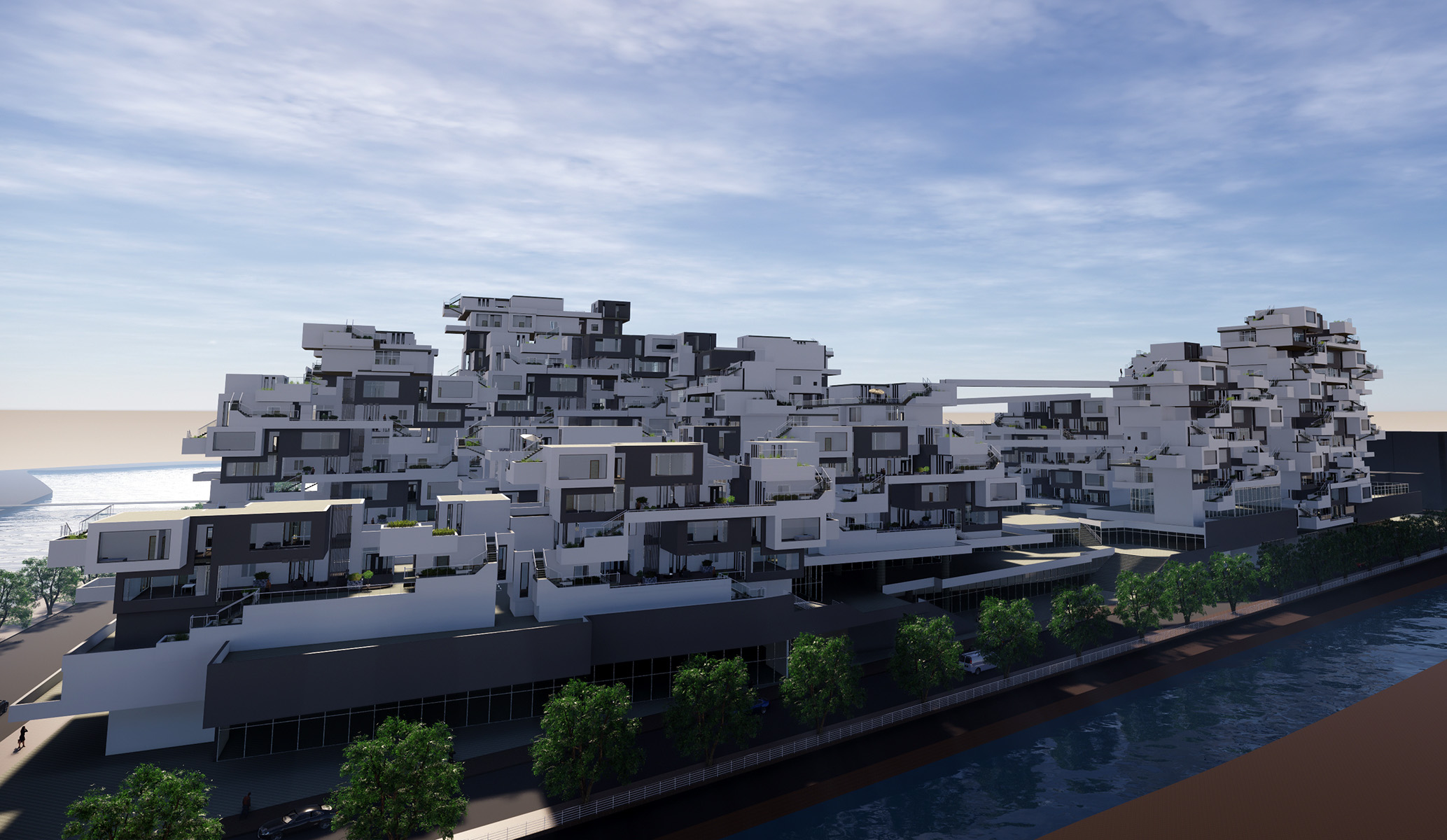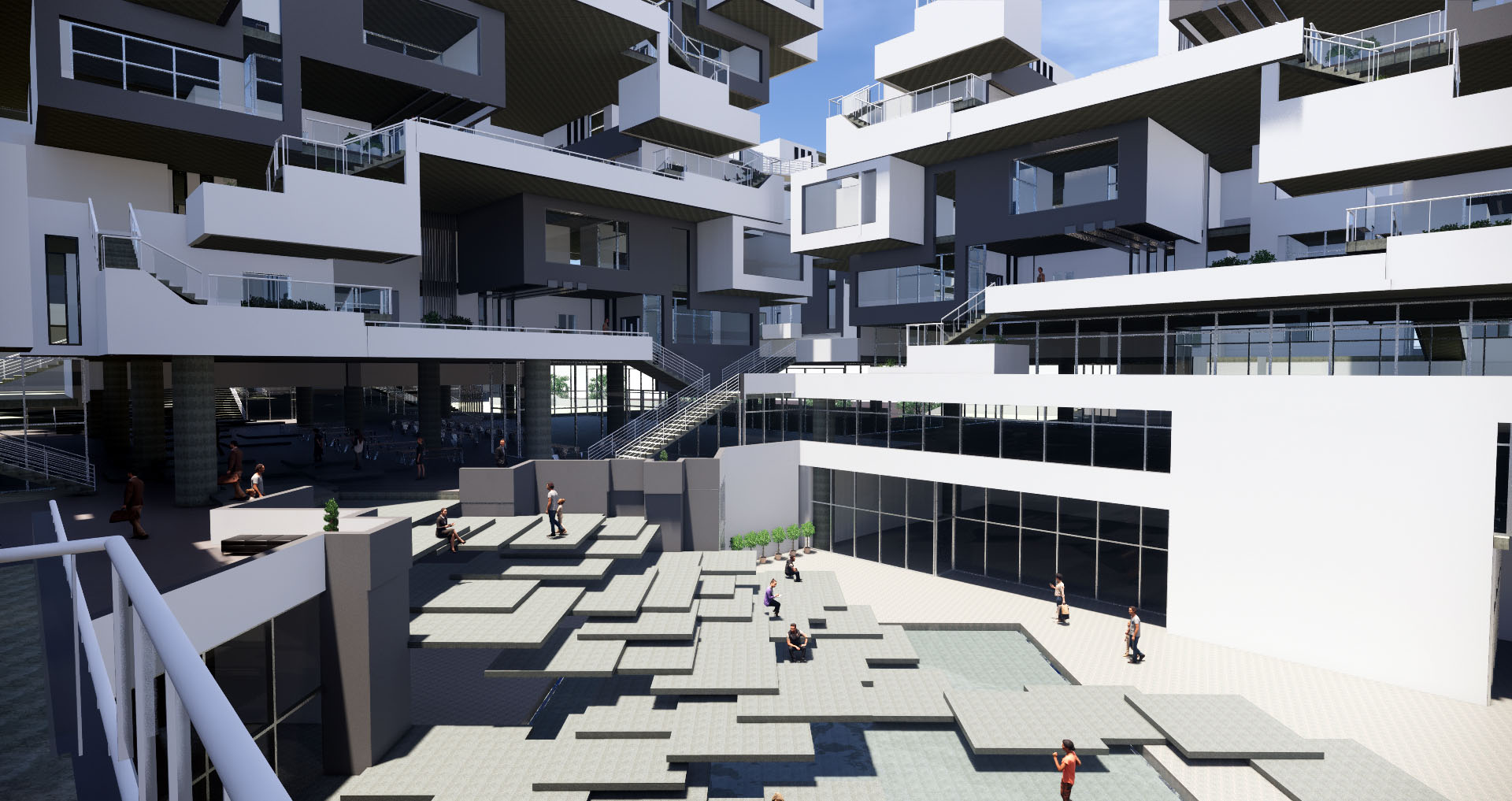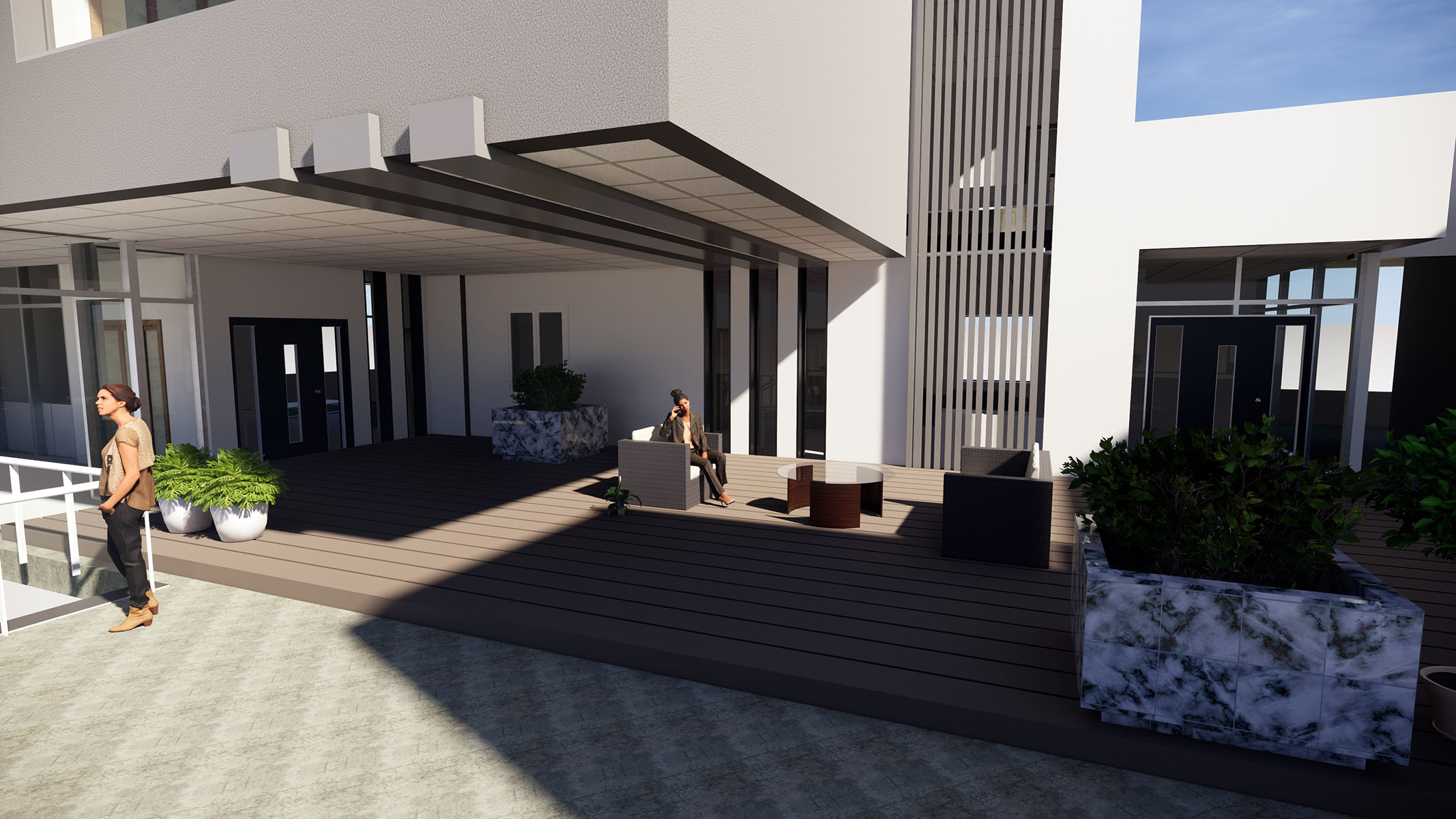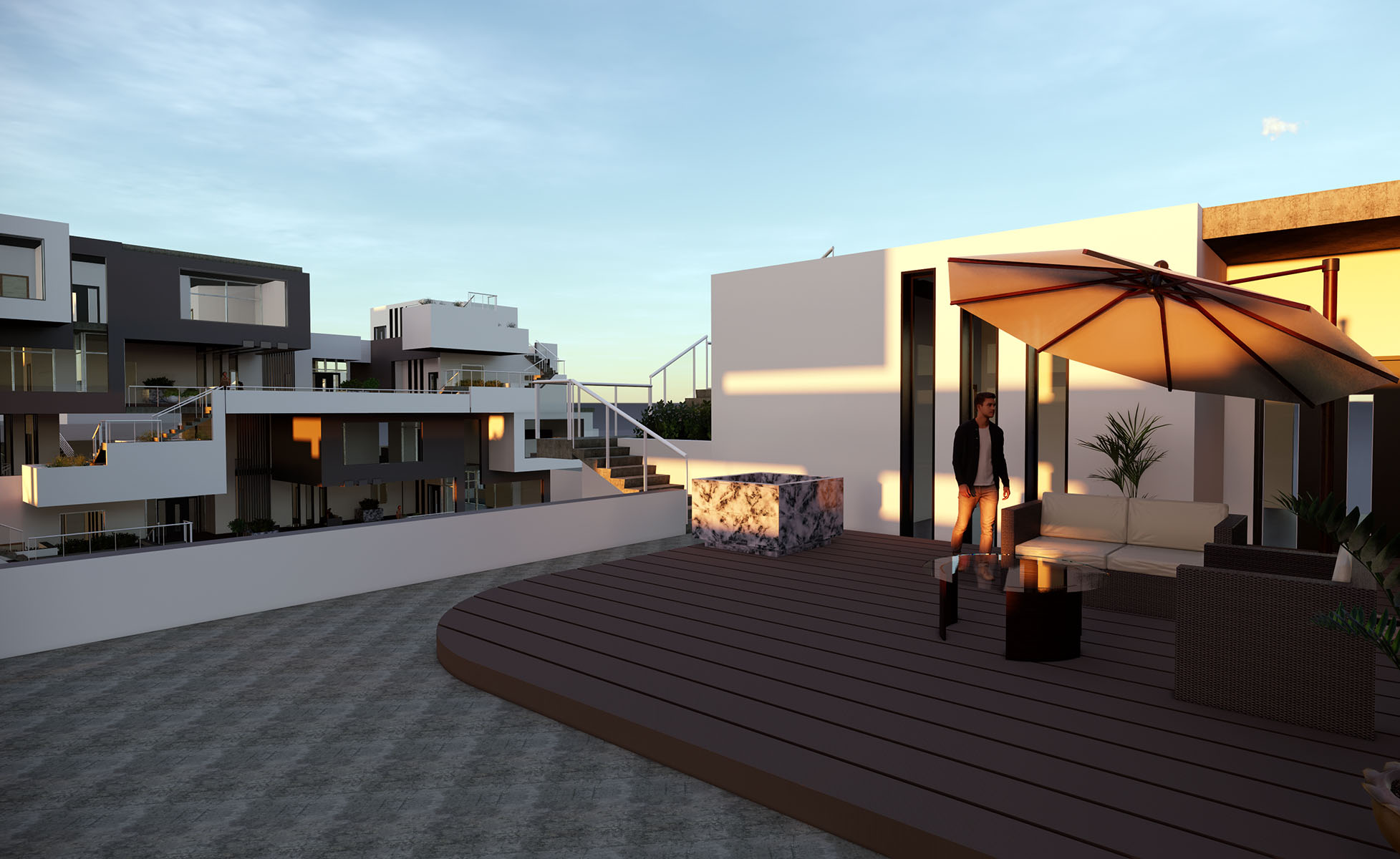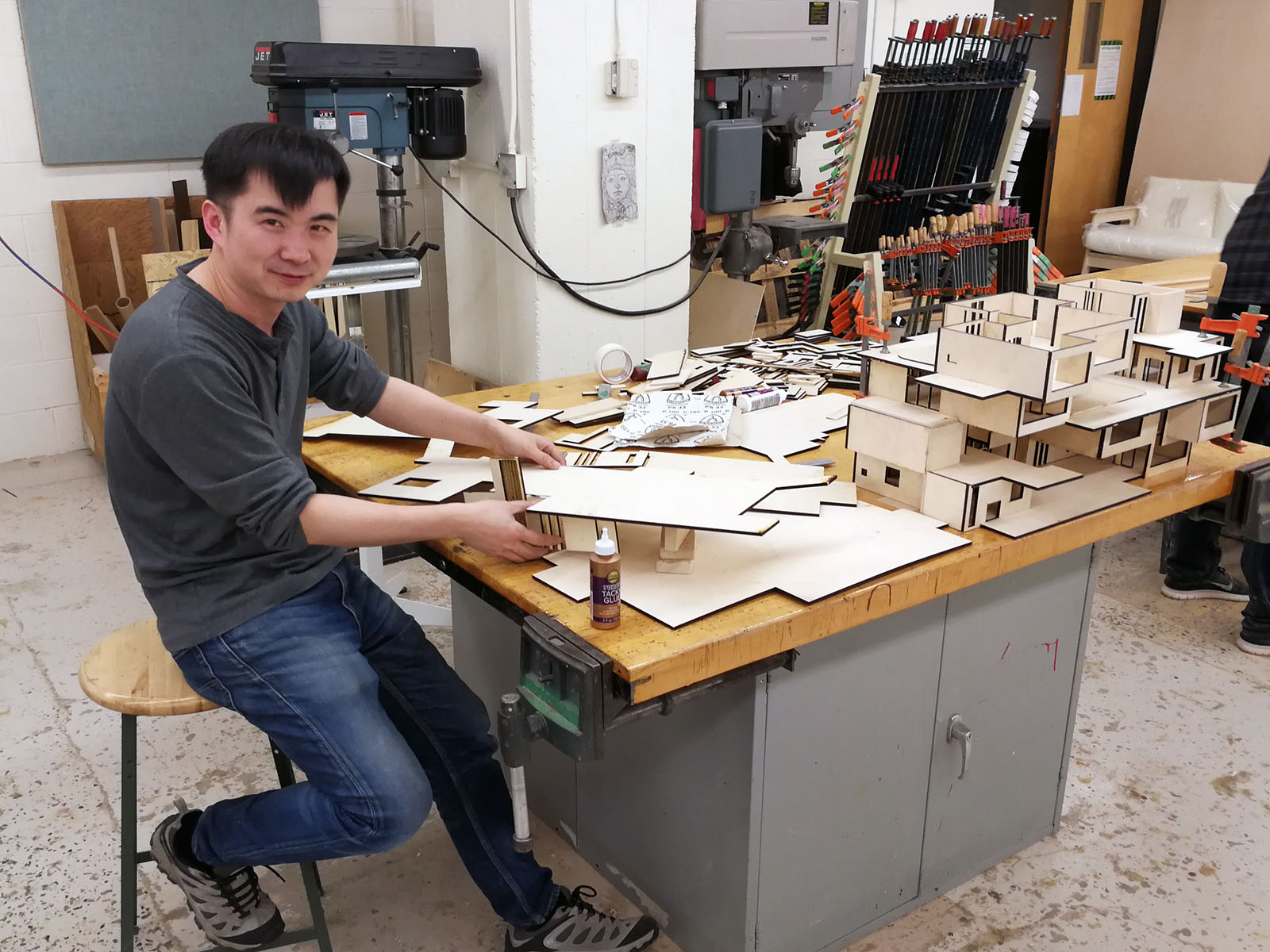Yao-House
Projects Details

All Works
Huaming Wang is a multi-talented artist, designer, and engineer. His artwork has been exhibited nationally and internationally. He earned his BFA in China in 2005, and then worked for a few years as an assistant to Prof. Qingyuan Hu, Professor of calligraphy, stone seal carving, and Landscape Design, at Tsinghua University. Wang used his experiences in landscape design to work independently, including helping with surveys for a mining company. Wang then earned his second degree in Construction Engineering from Western Michigan University in 2014, gained experience teaching at the Confucius Institute of Western Michigan University, and received MFA and M. Arch at Kendall College of Art and Design in 2018 and 2019 in Grand Rapids, Michigan. Won an Asia Artist Award in ArtPrize 10.
Projects Details
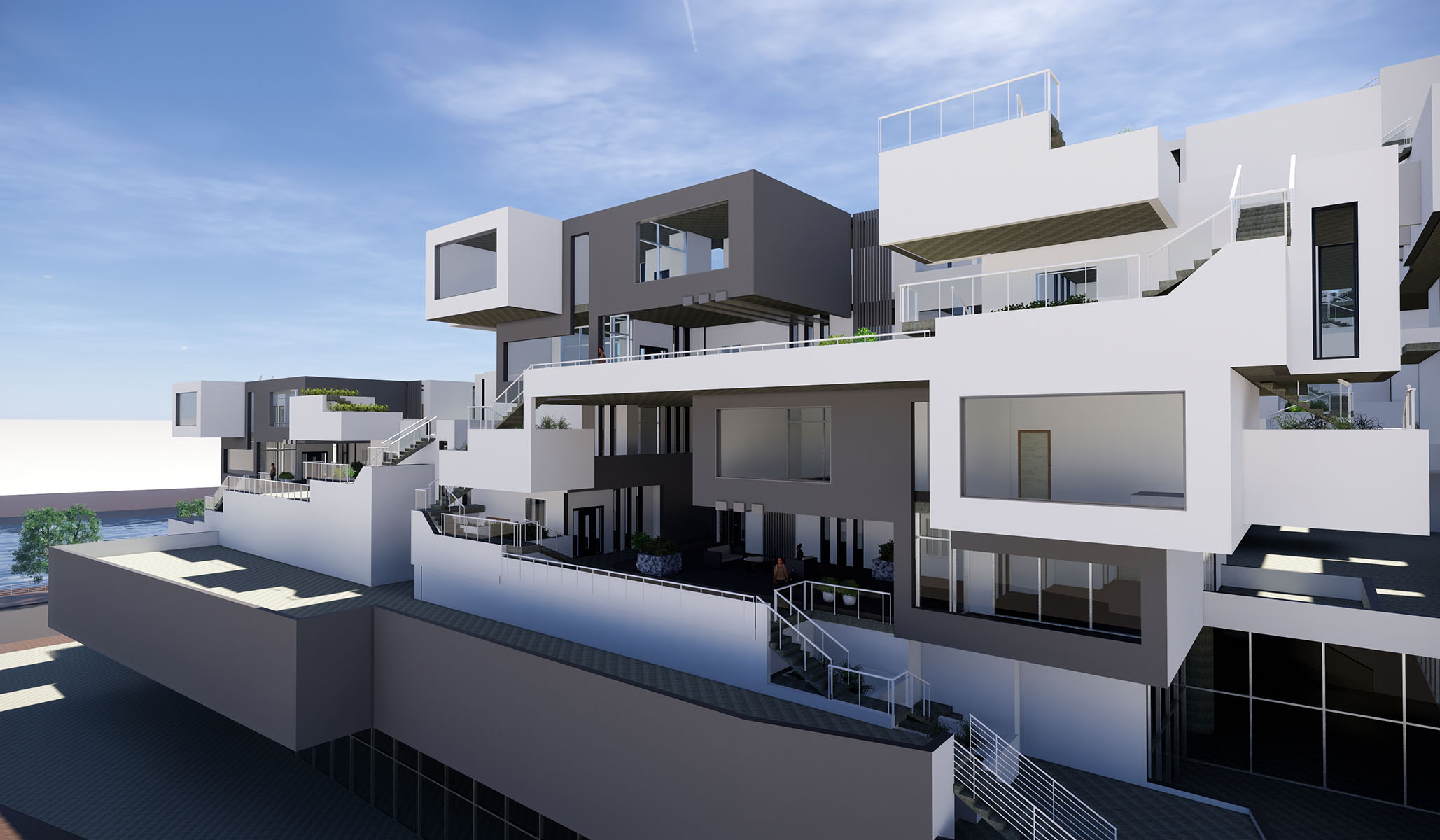
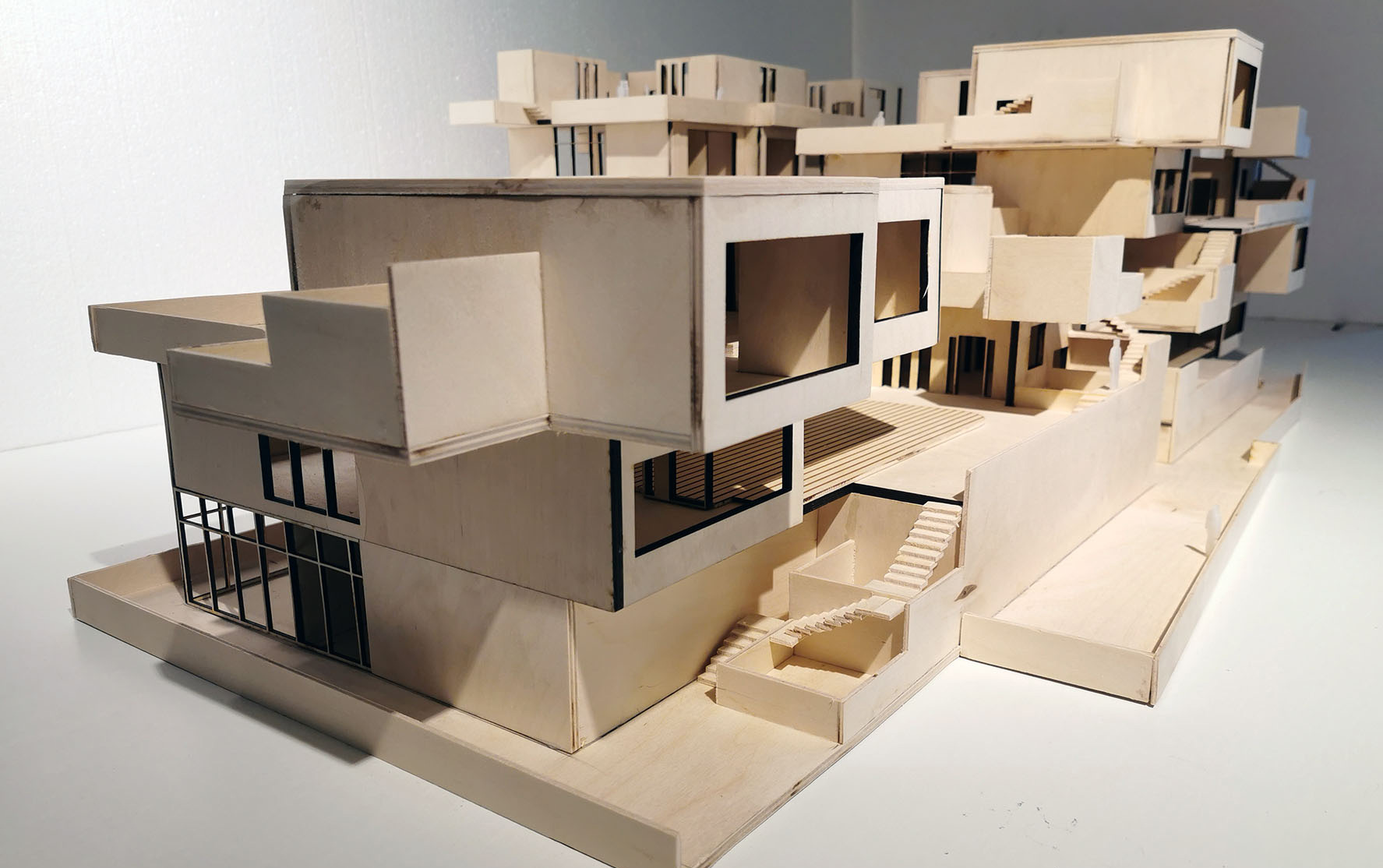
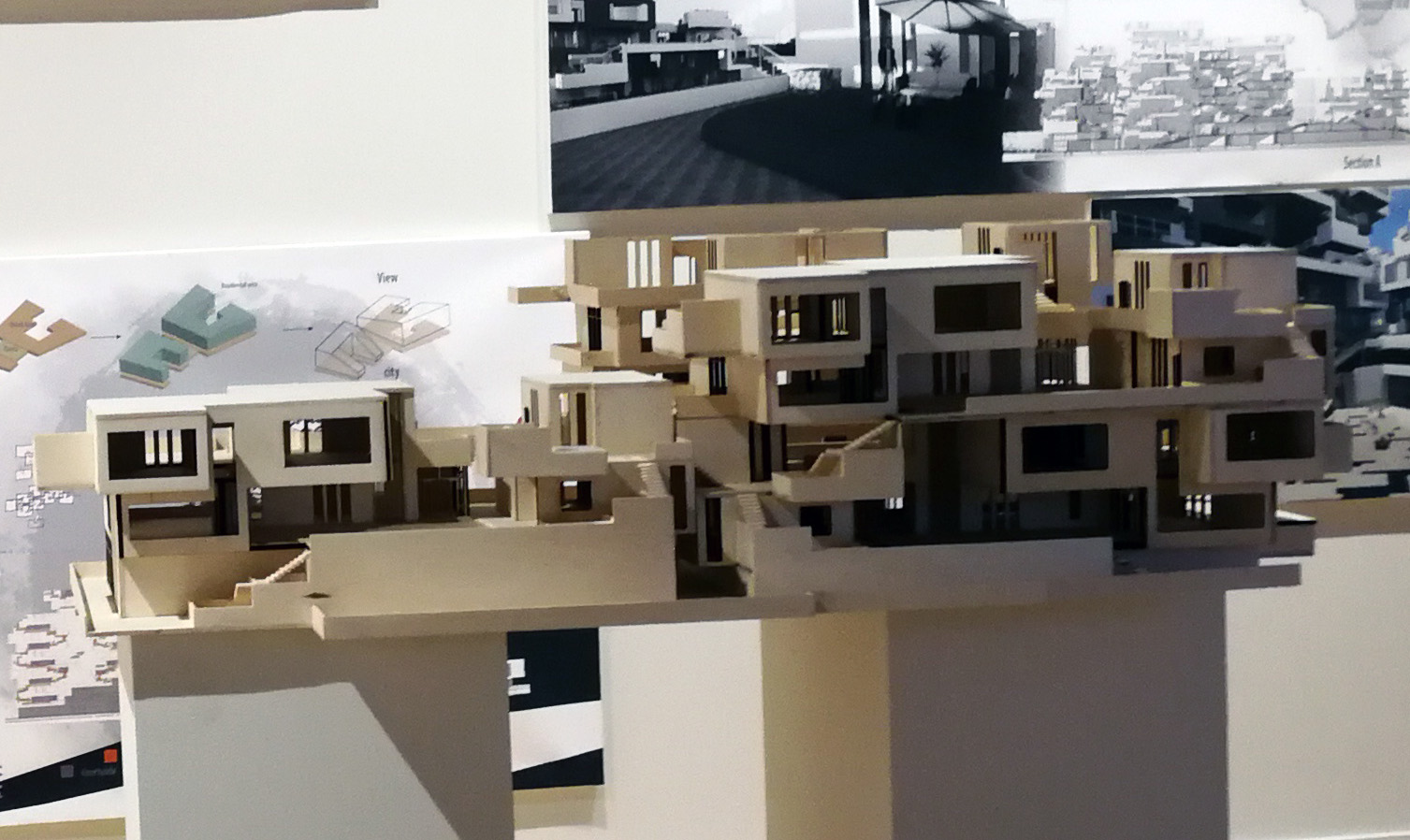
China has 56 minority groups, and the main differences between each are culture and life style. Yao is a Chinese
minority group with 2.8 Million members in the world, the significant population distributed in China, Vietnam, Laos,
Thailand, and the United States1. Guangyan is a small county in South of China. It is the birthplace of Yao people2.
Yao people have lived in the mountains for a thousand years to escape wars and exactions. Today, China is seeing
big improvements in its economy, and rapid urbanization, as many millions of people move from the country side
to the city. Many Yao people have chosen to pursue a modern life and have moved to city as well. The traditional
Yao village doesn’t have enough resources to support Yao people’s desires for a richer life.
The traditional Yao house, through many experiences, has been adapted to the topography, culture, weather,
technology, and life style of south China. When Yao people move to the city, they have to acclimatize a new culture, a new topography, a new life. Thus, the new characteristics and traditional Yao characteristics mix together. However, the Yao neighborhood in Guangyan doesn’t show any of the positive features of Yao village life.
The buildings in Guangyan have high density, are isolated from each other, promote little or no communication
between neighbors, and separate work and living space. However, city has many benefits as well—that residents
can have well-paying work (even if many supplements it with their small neighborhood shops), access to convenient transportation including automobiles, more cultural diversity, etc. Consequently, to find a better way to
design housing for Yao people in the city is a challenge of great significance.
The contemporary Yao neighborhood in the city should express both Yao village characteristics and city features
together. In the City-Village model proposed here, a small community space is composed of five units. Three
units share a courtyard, and the other two share a courtyard and a living room. Each unit has its own working
space at home. This small community connects to other small communities within the same development to create
a larger village within the city, all sharing a common piazza and retail space. The Yao City-Village encourages
people to live as a community, and gather together as they had in the village. Neighbors can easily invite people
to their houses to have traditional oil tea together, to drop in and visit, to sing folk songs, have square dancing,
and play Taiji.

